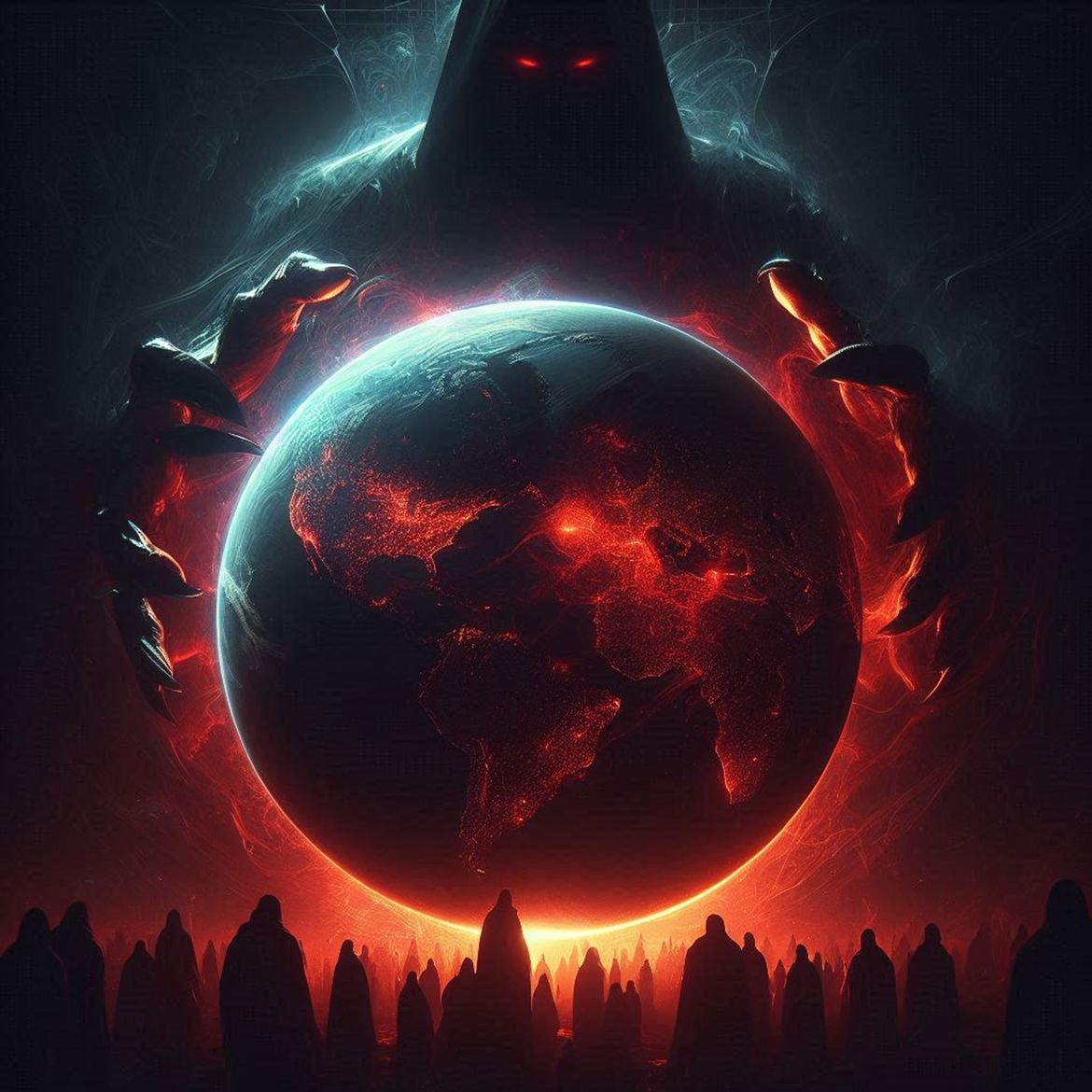For years, we’ve been told that our vote matters. We’re encouraged to choose a side—Republican or Democrat—because these two parties supposedly represent the full spectrum of political ideology. Yet, with each election, the fundamental issues plaguing the country persist, seemingly unaffected by who’s in power. Rising inequality, corporate control, and a lack of real accountability. We have to ask: Do political parties serve the people’s interests, or are they just two sides of the same coin, designed to keep the status quo intact?
But then something happened that shook the system—a candidate emerged who didn’t play by the rules. When Donald Trump entered the political arena, he promised to break through the long-standing political establishment. He wasn’t part of the political elite, wasn’t beholden to corporate interests, and for once, many Americans felt that there was finally a real alternative.
And for that, they’ve been trying to destroy him for the past eight years.
Trump vs. The Uniparty
For decades, we’ve seen both political parties—Republicans and Democrats—take turns running the country, but not much seems to change. The middle class continues to shrink, big corporations gain more influence, and foreign wars never seem to end. While each party blames the other for these failures, it feels like they’re just playing roles in a script. In reality, many of their policies serve the same wealthy elite.
Then came Donald Trump, who threw a wrench in the system. Whether you loved or hated him, one thing was clear: he wasn’t cut from the same cloth as traditional politicians. He didn’t pander to the corporate interests that typically fund political campaigns. He didn’t bow to the powerful special interest groups that have an iron grip on Washington.
Trump was vocal about his disdain for the “swamp”—a term he used to describe the corrupt establishment that controls both parties. He promised to “drain” it, and in many ways, he followed through. He didn’t follow the unwritten rules of political theater, and that made him a target for both sides of the aisle. The political elite, often described as the “Uniparty,” rallied against him because he disrupted the carefully crafted illusion of choice.
Standing Against the Globalists
One of the biggest criticisms of Trump came from his staunch stance against globalist policies that both Republicans and Democrats have quietly supported for decades. Free trade deals like NAFTA and the Trans-Pacific Partnership were sold to the American people as beneficial, but they devastated American manufacturing and shipped jobs overseas.
Trump didn’t just talk about reversing these policies; he did it. He renegotiated trade deals, slapped tariffs on countries that had taken advantage of America for years, and brought industries back to the U.S. For once, the president wasn’t playing by the rules of the global elite. His America First agenda was a direct threat to the internationalist agenda pushed by both political parties for decades.
And the Uniparty couldn’t stand it.
Exposing the Media’s Role
Throughout Trump’s presidency, we saw just how deeply the media is intertwined with the political establishment. The mainstream media, which is supposed to act as a neutral watchdog, instead became a relentless attack dog. From the moment he announced his candidacy, Trump faced an unprecedented level of media scrutiny, far more intense than any previous president.
Why? Because Trump didn’t play nice with the powers that be. He called out the media for their biases and manipulations, referring to them as “fake news.” He didn’t go along with their narratives, didn’t give them the soundbites they wanted, and, most importantly, he threatened the cozy relationship the media had with the political elite.
Unlike previous presidents, Trump didn’t rely on corporate donors or media networks to push his message. He bypassed them altogether with his direct communication on social media platforms, particularly Twitter. This made him a dangerous figure to the establishment because it meant he couldn’t be controlled or silenced as easily as other politicians.
The media, which serves as a mouthpiece for the Uniparty, did everything in its power to undermine his presidency. Whether it was the constant attacks on his character, the endless coverage of scandals, or the obsession with impeachment, the goal was clear: destroy Trump and prevent him from shaking the system any further.
Challenging the Endless Wars
Another hallmark of Trump’s presidency was his opposition to the endless wars that both parties have supported for decades. While previous presidents—both Republican and Democrat—promised to scale back America’s military involvement overseas, Trump actually did it.
He questioned the rationale behind keeping troops in foreign countries for decades. He pushed for peace deals, such as the historic Abraham Accords in the Middle East. Not only that, but he was the first president in decades not to start a new war, and he actively worked to bring troops home.
This was a direct challenge to the military-industrial complex that has thrived under both parties for so long. While politicians on both sides of the aisle claim to support peace, they consistently fund wars that benefit defense contractors and special interests. Trump, by contrast, acted on his anti-war rhetoric, and in doing so, he made powerful enemies in Washington and beyond.
Why They Want to Destroy Him
For the last eight years, we’ve witnessed an ongoing effort to destroy Trump. From the Russia investigation to two impeachment trials, and now countless legal battles, the attacks against him never seem to end. But why? If Trump was just another politician, wouldn’t the establishment have moved on by now?
The truth is, Trump exposed the inner workings of a system that has operated without much scrutiny for years. He didn’t just criticize the other party; he criticized the very institutions that hold up the Uniparty. He didn’t cater to the lobbyists or bend to corporate interests. Trump acted on behalf of the American people in a way that few politicians had before him.
This is why the establishment, the media, and even some members of his own party have worked tirelessly to bring him down. He was a threat—not to America, but to the powerful elite who have controlled the political system for decades.
Who Really Wins?
At the end of the day, the Uniparty wins if we don’t pay attention. Trump was a rare politician who wasn’t afraid to call out the system for what it was. He wasn’t a puppet for the corporate elite or special interests. And for that, they’ve been trying to destroy him for nearly a decade.
Next time you step into the voting booth, ask yourself: Are you really choosing between two different visions for the country, or are you just picking between two sides of the same coin? If Trump showed us anything, it’s that breaking free from the establishment isn’t easy—but it’s possible.




